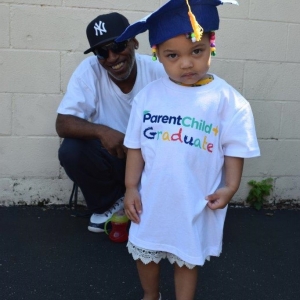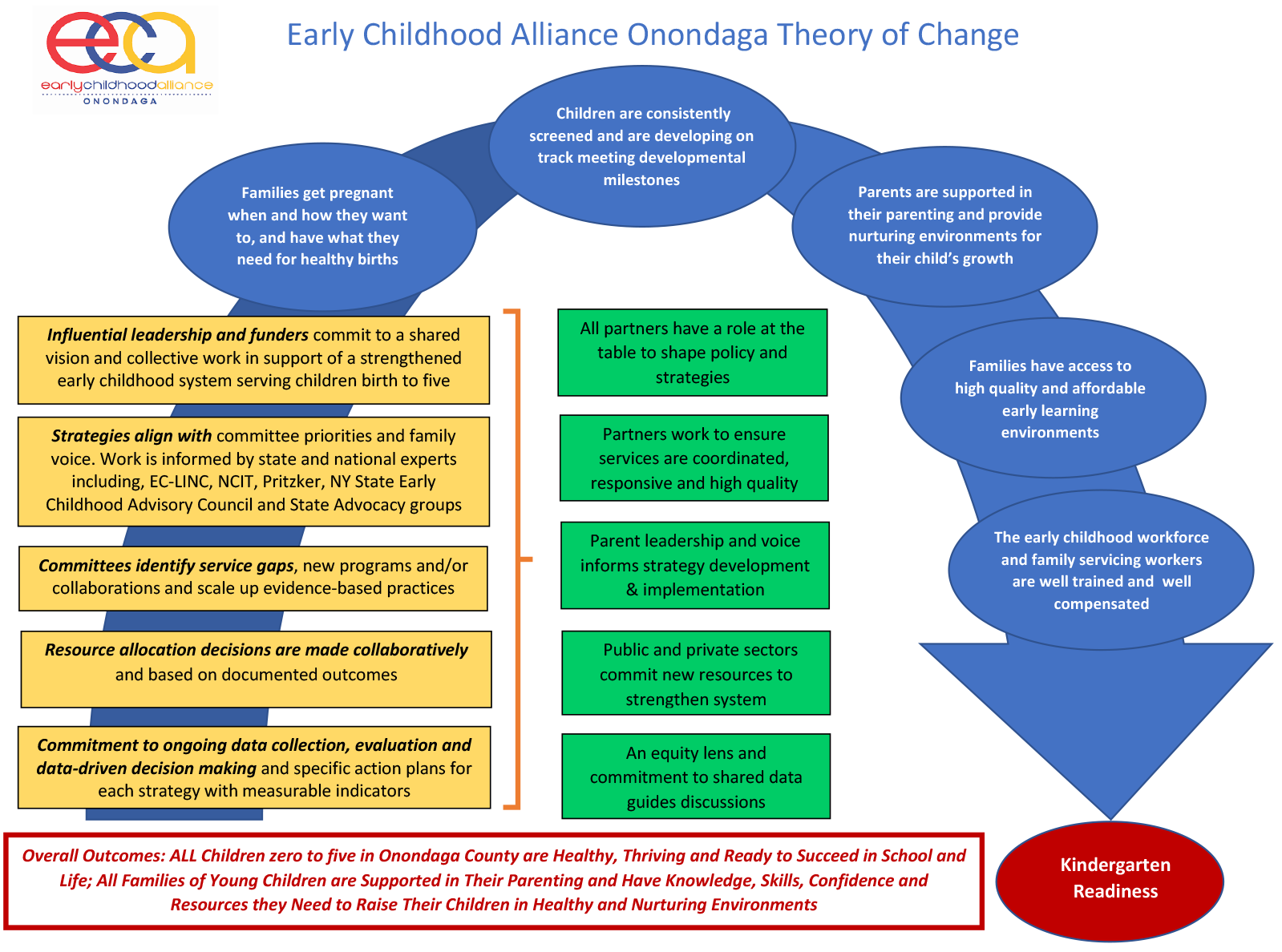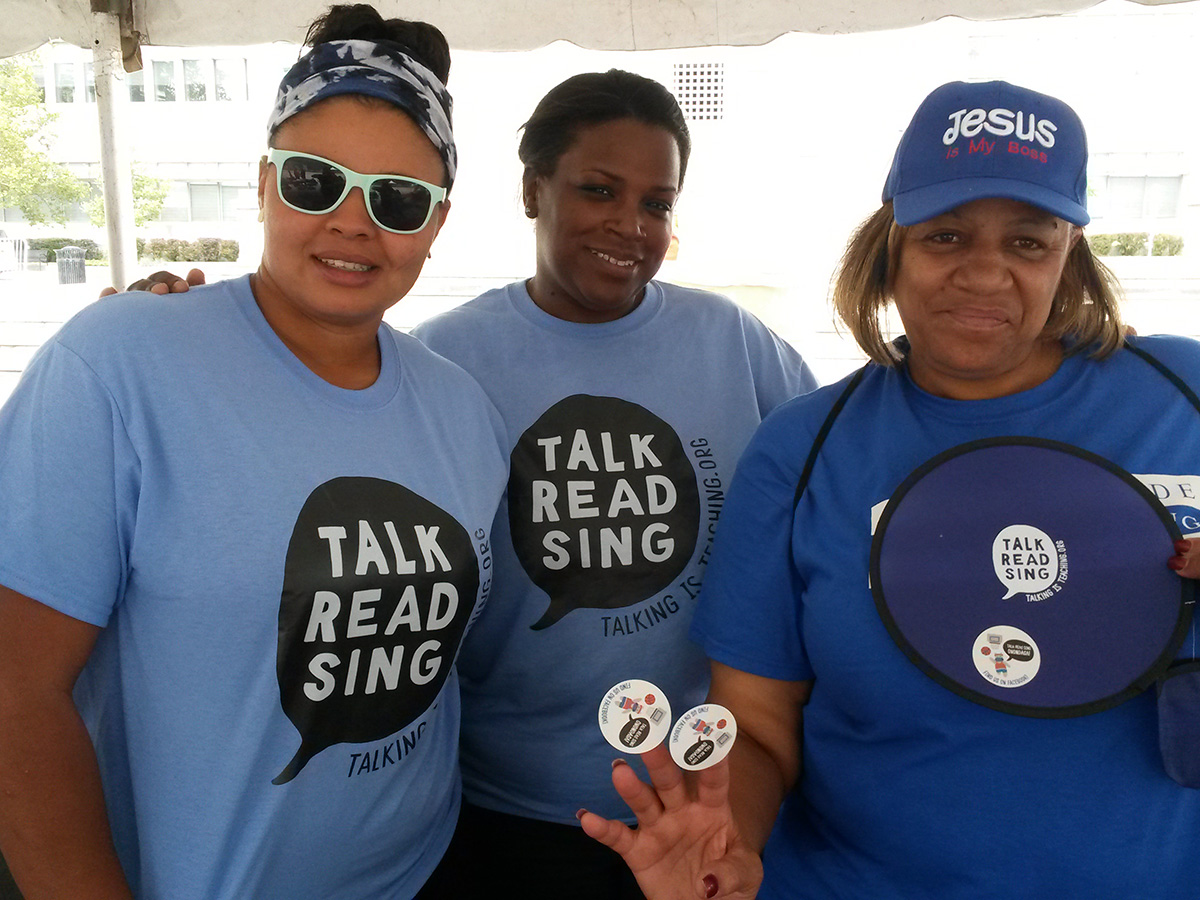When the Onondaga Citizens League saw that only 9% of the students in the Syracuse City School District were reading on grade level, members of this Central New York citizens’ group knew they had work to do. Every year, the nonprofit, non-partisan group conducted studies to shine a light on issues of importance to the community. In 2013, the group selected early childhood as its topic, but few were prepared for the not-so-great news the study ultimately revealed.
When the report came in showing single-digit reading scores in Onondaga County’s largest school district and only slightly better (26%) for the county itself, the statistics served as a call to action for what could be considered a master class in cross-sector coalition building.
Ensuring that children are kindergarten-ready is the compassionate thing to do, Black says, but the OCL realized it’s also the smart thing to do. “The scientific evidence could not be clearer,” she says. “Children who enter school unprepared are more likely to underachieve, drop out of school and need public assistance, and it’s hard for school systems to make up that deficit when children get in school. It really is this simple: We can focus on early learning now, or we can address the consequences later.”

The consequences—and rewards—can be stunning. Nobel prize-winning economist James Heckman estimated in a report that investing in high-quality programs in a child’s early years can substantially reduce remedial education and criminal justice system costs. Heckman and his colleagues have reported a 13% return on investment for high-quality, birth-to-5 early education, affecting health, crime, future earning power, IQ and even an increase in mother’s income after returning to work, if she has access to good childcare.
The challenge with addressing the lack of such high-quality resources for children zero to 5 is that the early childhood landscape in this country — in some local jurisdictions more than others — is a patchwork of solutions, funding sources, regulatory mandates and good intentions that often fail to produce solid results. Some might call the situation chaotic.
“There’s a struggle all over this country to get children ready to learn,” Black says. “The issue is complicated and the system is fragmented, so simplistic solutions will never work. Looking at other communities, we saw the only approach that would really work was a cross-sector coalition to address the challenge on multiple fronts.”
Building a Coalition
Based on the recommendations of OCL’s study, Early Childhood Alliance Onondaga (ECA) launched in January 2015. Comprising municipal, philanthropic, business, academic and nonprofit leaders, the coalition’s membership reads like a Who’s Who of Onondaga County’s educational, medical, legal, business and philanthropic organizations, all aligned on the mission of “Creating a community where all children are healthy, thriving and ready to succeed in school.” The ECA is now financially supported by the Allyn Foundation, Health Foundation of Western & Central New York, Community Foundation of CNY, Onandaga County, the United Way of CNY and other funders from the community.

Members spent the first year reviewing the OCL findings and developing a vision for strategies focused on three key areas: health, early learning and strong families. By November 2015, members formed committees to focus on those key areas: childcare, developmental screening, home visiting, trauma, safe babies, and the breadth and depth of the committees’ themes is both a testament to the community’s commitment to solutions and the seriousness with members approached OCL’s analysis and recommendations.
“Typically, these committees identify the gaps are in our community, then identify what evidence-based programs exist to fill those gaps,” Black says. “Then, the alliance seeks funding.”
One of the ECA’s earliest strategies was the Talking is Teaching: Talk, Read, Sing campaign aimed at improving school readiness by spreading the word that parents are their child’s first and most important teacher. The program reminds parents that learning begins at birth and provides tools to strengthen their babies’ start in life. It is modeled on the national initiative by the same name developed by Too Small to Fail.
Another strategy has been to push for significant investments in childcare. About 66% of parents in the Onondaga community are in the workforce and rely on childcare. The coalition created a pilot program to raise pay in the community’s childcare centers to be more closely aligned with teacher pay in the school districts. Increased pay will stabilize staffing in a high-turnover sector. Additionally, staff are trained to use evidence-based assessment tools and curricula to create quality childcare for its youngest children. This improves the quality of childcare, and provides existing workers with opportunities to expand skills and knowledge, thereby expanding their professional choices.
“The business community has been supportive of the conversation around childcare because employers understand that in a tight labor market, they are impacted by the lack of affordable childcare in our community.” A ReadyNation report found, “Productivity problems cause employers to lose $12.7 billion annually due to child care challenges faced by their workforce.”
Another strategy—perhaps unique among early-learning alliances—is a committees’ focus on providing comprehensive support for pregnant women and mothers, including preventing unplanned pregnancies and working to provide resources to individuals so they can determine when and if they want to have a child.
“Our data showed that rates of unintended pregnancies were high for the state,” Black says. “The availability of contraceptives and good contraceptive information are important parts of the puzzle. We’re thrilled that The Allyn Family Foundation has led the charge on this one. “Not all early childhood systems start pre-prenatal,” she says, “but we keep it in our frame because we think it’s the beginning of the conversation.
Although creating lasting, systemic change is expensive, doing nothing is far more costly, Black says. The local philanthropic community has stepped up in providing seed money for initiatives. But longer-term, programs need to be sustained by public money. In this regard, she says, Onondaga County has been a significant partner.

“We pitched our county executive with a $1.5 million increase to the 2020 budget to fund initiatives like the Talking is Teaching campaign, the Help Me Grow initiative (physician outreach and data collection) and three new pilots to address quality childcare and pay. The crux of the matter with early learning is the chronic under-investment in children zero to five. It’s going to cost some dollars to provide all children with a high-quality start in life.”
The latest data for 2018-2019 shows 22% of students in Syracuse and 40 percent in Onondaga County reading on grade level—a great improvement, Black says, but still with much room to grow. The county legislature has approved County Executive Ryan McMahon’s $1.5 million request for new funding support for early childhood, she says. In 2020 the coalition will have a significant investment from Onondaga County to keep moving forward with the strategies the ECA has mapped out for a community where children thrive and are ready to learn.
Each local community is individual, Laurie Black says, so there’s no one-size-fits-all approach to successful coalition building.
- Be strategic, data-driven and make the best use of limited resources.
- Identify key strategic people and the best champions of your message. Who is well-regarded? Who is well-respected? Who will work best in the trenches? Who’s willing to put in the time to create the bigger coalition?
- Collect data. Feeling strongly about early learning is fine but data is powerful. “Having powerful data identifies the scope of the problem. The second person you should hire is a data specialist — someone who can examine current data and help analyze it.”
- Learn from other other communities. “It was really helpful for us to have peer communities in New York State that were ahead of us, and also to see what other states and communities have been doing for years.”
- Create a mix of long-term strategies and short-term projects. Be inclusive for different interests and capacity for involvement to provide levels of activity for everyone, while focusing on the more difficult, perhaps more costly, strategies.
- Tread lightly with your business council; be mindful of their time and expertise. For example, don’t ask a busy executive to serve on a committee that will be grinding away for three years for results (sometimes, that’s what it takes).
- Education is a huge part of the work. Help your community understand the issues, and how much they matter to individuals, to families, to society. As the well-being of children is a universal message, create a variety of ways to educate throughout your community.
- Manage expectations. Remind people that one strategy alone cannot address all needs. Strike a balance between what needs to be done, what can be done and what is being done.
- Bite your tongue and keep your eyes on the prize. Coalitions require patience and diplomacy.
- Celebrate the small victories! Share every success with your network.
Read about other efforts:
Kent County, MI: Business Community Is Key to Galvanizing Voter Support for Early Childhood Services
Sarasota, FL: Mobilizing Communities So All Children Make the Grade
Bradenton, FL: Why Don’t We Just Do That?
Orlando, FL: Inspiration and Adaption: Helping Parramore’s Parents – and their Children – Learn and Grow
National: Expanding Child-Care Subsidies Could Increase Quality Care, Help Parents Work, Reduce Child Poverty
Video: Why businesses should invest in Early Education with Dr. Sara Watson.

K.C. Compton
K.C. Compton worked as a reporter, editor and columnist for newspapers throughout the Rocky Mountain region for 20 years before moving to the Kansas City area as an editor for Mother Earth News. She has been in Seattle since 2016, enjoying life as a freelance and contract writer and editor.



